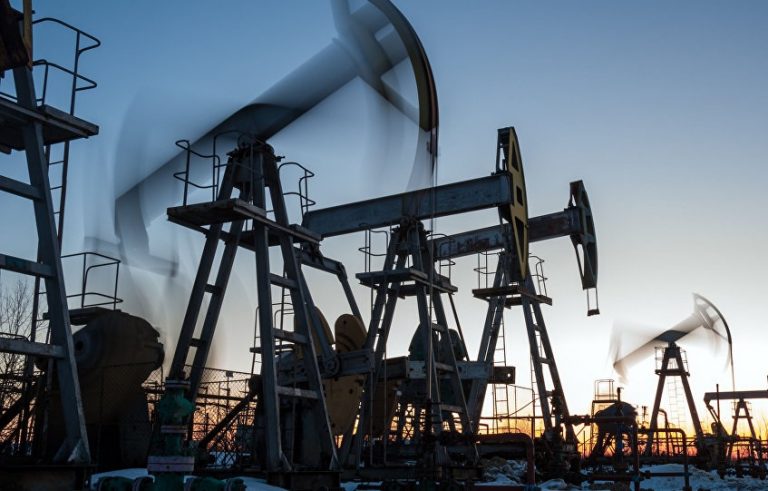(BFM Bourse) – Black gold prices have recently experienced a strong increase due to production reductions in Russia and Saudi Arabia. In the long term, with demand likely to continue to increase for many years and supply that could reach its peak soon, the price of a barrel risks remaining at high prices.
After a downturn at the start of the year, oil is undoubtedly the key raw material for this new year. The barrel of Brent from the North Sea exceeded 95 dollars this week, and shows an increase of 8.7% since January 1, but above all 11% over one month and 25.4% over three months.
This spectacular rebound is largely explained by Saudi Arabia which, to finance colossal investments, wants a high barrel price even if it means slashing its production. Thus the rise in prices in recent weeks occurred after Riyadh and Russia decided to maintain production cuts until the end of the year.
These extensions will lead to a deficit on the supply side for the fourth quarter, a shortage about which the International Energy Agency and the Organization of the Petroleum Exporting Countries (OPEC) have recently warned. The bank UBS had previously estimated this deficit at more than 1.5 million barrels per day for the fourth quarter. But OPEC estimates it at 3 million barrels per day.
“And the rise shows little sign of slowing down. Unless economic data deteriorates, oil could reach $100 before long,” predicts Oanda’s Craig Erlam.
“We believe that solid fundamentals will support Brent around current levels, in a range of 90-100 dollars, per barrel over the coming months,” estimates UBS.
>> Access our exclusive graphic analyses, and gain insight into the Trading Portfolio
“Natural depletion”
But beyond the short and medium term, it is important to understand that oil remains a market where, barring a sudden deterioration in the economic situation, pressure is exerted more in favor of a rise in prices than a fall.
The production of wells crumbles from year to year, in the absence of the expenses necessary to maintain them. This is called “natural depletion”. Benjamin Louvet, director of raw materials management at OFI Invest Asset Management, estimated this loss of production from a well at between 4% and 5% per year last year.
“Given environmental constraints, the need to make the energy transition to take climate change into account, investments in the oil sector have been insufficient over the last five to six years to compensate for this drop in production,” explained the expert.
We will see if this trend towards underinvestment will not be stopped in the coming years. For the moment, Bank of America only expects an increase of 3% in 2024 in investment spending (capex) by oil and gas sector groups compared to an increase of 6% in 2023. In June, the major Shell had even announced a reduction in its investment spending (capex) for 2024 and 2025.
Furthermore, Russia could see its production penalized by technological embargoes in the coming years, particularly in terms of production infrastructure. “If Russia encounters the slightest technical difficulty, it will not be able to benefit from the spare parts or engineering expertise of large Western companies. This is what was observed for Iran and Venezuela, which have they too were hit by sanctions,” Raphaël Dubois, oil and gas sector analyst at Société Générale, explained to BFM Bourse in December.
Rising prices to destroy demand
Above all, the mismatch between supply and demand risks keeping prices high or even pushing them higher in the long term. With in particular the subject of peak shale oil production.
“Many questions are being asked around shale gas. We have recently noted a drop in the productivity of wells and the peak of production is likely to arrive at the end of 2024. Which constitutes an important subject: the peak of shale gas production conventional oil was reached in 2008. In other words, since 2008, it is shale oil which allows production to follow the growth in demand”, explains Benjamin Louvet to BFM Bourse.
“However, according to forecasts from the International Energy Agency, demand for oil will continue to increase until 2028,” he continues. According to the IEA, oil demand is expected to increase by 6% per year on average between 2022 and 2028 to reach 105.7 million barrels per day.
“The equation between demand and supply risks getting stuck. The only way to achieve a balance is for prices to rise to destroy demand,” concludes Benjamin Louvet.
Julien Marion – ©2023 BFM Bourse
